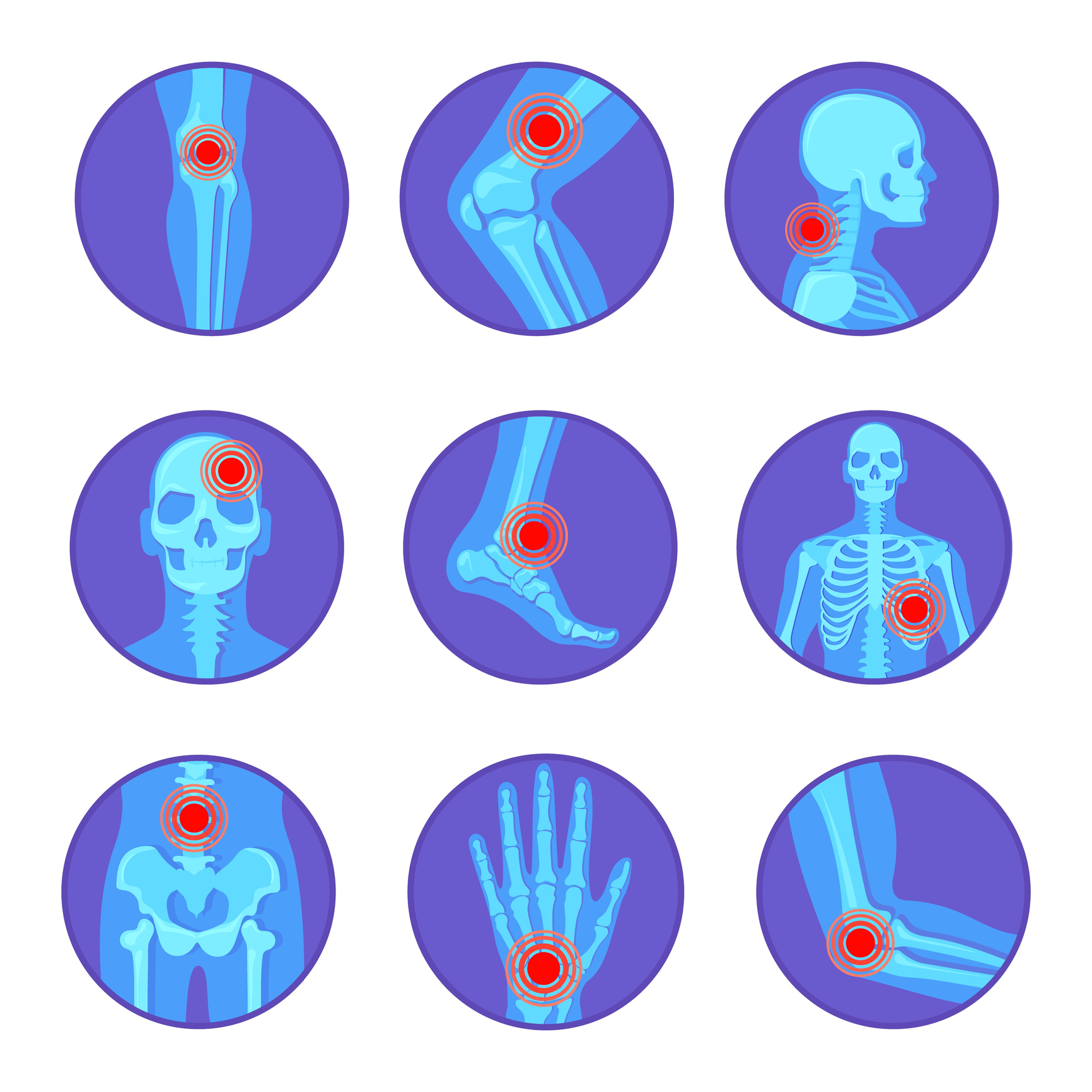Rheumatologists are now grappling with the difficulty of developing an efficient strategy for classifying and treating individuals with undifferentiated arthritis (UA). New technologies that can accurately characterize inflammatory processes in these individuals are desperately needed. For this study, researchers wanted to see if a UA patient characterization using ultrasound (US) may aid in meeting the 2010 American College of Rheumatology/European League Against Rheumatism (ACR/EULAR) rheumatoid arthritis (RA) classification criteria in a real-life cohort. In two rheumatology clinics, they conducted cross-sectional research. The study included patients who did not meet the 2010 ACR/EULAR RA criteria. All patients were subjected to a physical examination, radiography, and the US on the examination day. To scan all patients, the seven-joint US score was used. The study in the United States was carried out in accordance with EULAR standards and analyzed using Outcome Measures in Rheumatology terminology. The severity of synovitis and tenosynovitis was determined using grayscale and power Doppler imaging. During the US inspection, bone erosions were also assessed.
A total of 204 patients were involved in the study. In 86 cases, the diagnosis was changed from UA to RA (42.1%). In addition, following the US evaluation, the final score of the 2010 ACR/EULAR RA classification criteria increased from 4.6 to 6.5. In addition to synovitis, the US discovered a variety of tenosynovitis and bone erosions. Synovitis was seen most commonly in the second metacarpophalangeal joint (MTPj), followed by the third MTPj and the fifth MTPj. The tendons of the wrist, second and third fingers, and thumb were the most severely injured. In terms of bone erosions, the second metacarpophalangeal joint and the fifth MTPj had the highest proportion of anatomical damage.


